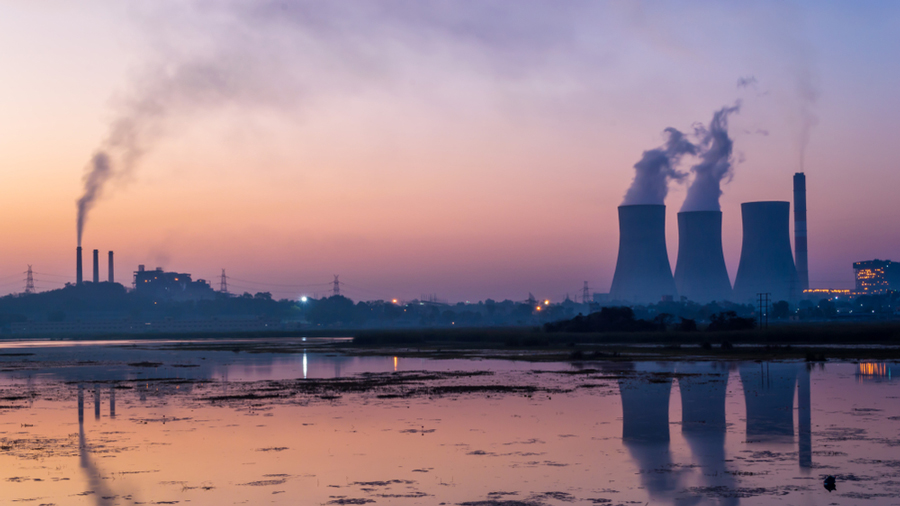Nations around the world would need to immediately stop approving new coal-fired power plants and new oil and gas fields and quickly phase out petrol-powered vehicles if they want to avert the most catastrophic effects of climate change, the world’s leading energy agency said Tuesday.
In a sweeping new report, the International Energy Agency issued a detailed road map of what it would take for the world’s nations to slash carbon dioxide emissions to net zero by 2050. That would very likely keep the average global temperature from increasing 1.5 degrees Celsius above pre-industrial levels — the threshold beyond which scientists say the Earth faces irreversible damage.
While academics and environmentalists have made similar recommendations before, this is the first time the International Energy Agency has outlined ways to accomplish such drastic cuts in emissions.
That’s significant, given the fact that the influential agency is not an environmental group but an international organisation that advises world capitals on energy policy. Formed after the oil crises of the 1970s, the agency’s reports and forecasts are frequently cited by energy companies and investors as a basis for long-term planning.
“It’s a huge shift in messaging if they’re saying there’s no need to invest in new fossil fuel supply,” said Kelly Trout, senior research analyst at Oil Change International, an environmental advocacy group.
Several major economies, including the US and the EU, have recently pledged to zero out their emissions responsible for global warming by midcentury. But many world leaders have not yet come to grips with the extraordinary transformation of the global energy system that is required to do so, the agency warned.
“The sheer magnitude of changes needed to get to net zero emissions by 2050 is still not fully understood by many governments and investors,” Fatih Birol, the agency’s executive director, said in an interview.
Net zero emissions doesn’t mean countries would stop emitting carbon dioxide altogether. Instead, they would need to sharply reduce most of the carbon dioxide generated by power plants, factories and vehicles. Any emissions that could not be fully erased would be offset, such as by forests or artificial technologies that can pull carbon dioxide directly out of the atmosphere.
To reach that goal of net zero worldwide by 2050, every nation would need to move much faster and more aggressively away from fossil fuels than they are currently doing, the report found.
For instance, the annual pace of installations for solar panels and wind turbines worldwide would have to quadruple by 2030, the agency said. For the solar industry, that would mean building the equivalent of what is currently the world’s largest solar farm every day for the next decade.
For now, the world remains off course. Last month, the agency warned that carbon dioxide emissions were expected to rise at their second-fastest pace ever in 2021.
New York Times News Service










